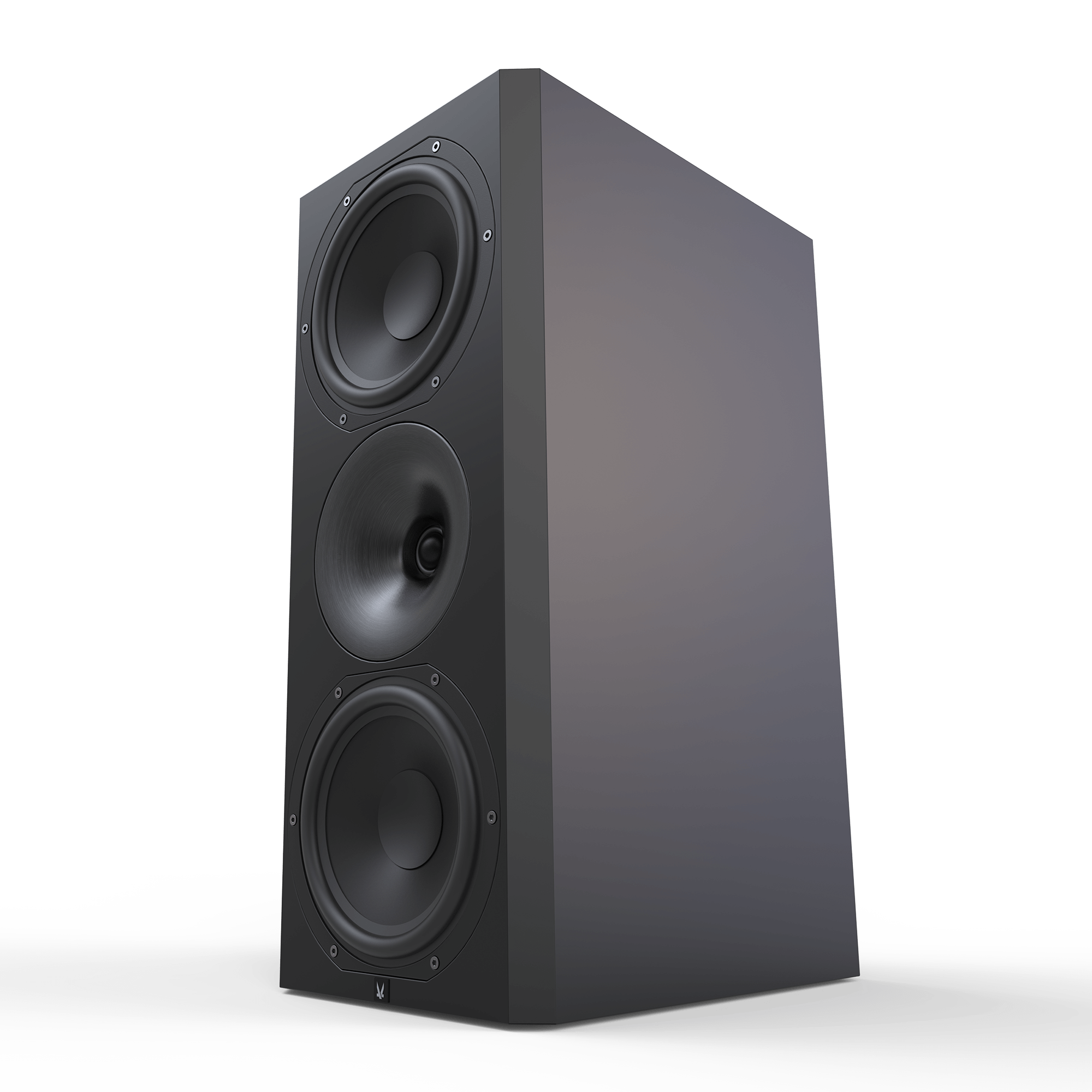“BIG SIZED STAR”
By Joao Zeferino, Audio E Cinema EM Casa.
As Jorge Goncalves suggested to listen to a 5.1 speaker system from Arendal Sound, which had just landed at the dependencies of Audio & Cinema em Casa, I must confess I was somewhat puzzled and I had to “google” it in order to find out what it was all about.
I learnt that Arendal Sound is a Norway company, born from an experienced retailer of audio and video equipment, L-Sound, willing to create an own brand. The name comes from the Norway city where they are located, Arendal, and even the first loudspeaker range is a tribute to the year in which the place received city rights, being named 1723. All models of the 5.1 range are named 1723, followed by the functional description.
The root motivating the development of the brand and its loudspeaker range 1723, is to produce a set of speakers able to deliver an excellent performance with exemplary build quality at an optimum price-performance ratio. For this, Arendal focuses on research and development in Norway, using high-quality active and passive components, while the assembly is moved to China for lowest production costs.
DESCRIPTION
The industrial design of the speakers will hardly stir up passions. Their goal is not to contribute to the room décor, but rather efficiently reproduce the sound in a home cinema. Having said that, the build quality is exemplary, not only for the sturdy, solid enclosures, but also for the quality of the components and care for detail in the finish. Available finishes are black and white.
One of the features common to all models is the use of HDF (High Density Fiberboard) instead of the ordinary MDF for the enclosures, which results in a more solid, inert body with a thickness ranging from 18 to 50mm. Internal bracing placed strategically, as well as butyl-based damping rubber, are used inside of the Arendals to prevent and cancel unwanted vibrations and standing waves. The plate on which speaker terminals and crossover network are mounted is made of anodized aluminium. The terminals themselves are made of rhodium-plate copper. The high-quality rhodium is a metal with exceptional conductivity properties and excellent resistance against corrosion.
The set provided for this review consists of the 1723 Monitors, 1723 Center, 1723 Surrounds and 1723 Subwoofer 2. With the dimensions 63,5 x 27,5 x 40 cm, it only makes sense to name these speakers “Monitors” when compared to the 1723 Tower, because there are many floorstanding speakers in the market that do not reach the volume and size of these Monitors.
The 1723 Monitor uses a D’Appolito design with two 8” mid-woofers aligned with a tweeter placed in between. The soft-dome 28mm tweeter is actually the same in all models and is produced in Germany by Dr. Kurt Mueller. Arendal couples it to a custom-made waveguide for the 1723 Series in order to ensure an excellent dispersion control and allow a 1500Hz crossover. The enclosure of the 1723 Monitor has two bass-reflex ports that can be closed with the included foam plugs. This results in a change in frequency response from 58Hz-20kHz (+-3dB) in sealed configuration to 34Hz-20kHz (+-3dB) as bass-reflex. They have 89dB/2.83V/1m sensitivity and 300W maximum recommended power at 4 Ohm.
The center speaker, 1723 Center, is identical to the Monitors in construction, just changing the position of the logo on the housing/grille, rubber feet and input posts for the use in horizontal position
The 1723 Surround is designed as a sealed HDF trapezoidal box with dimensions 45,0 x 43,2 x 21,6 cm (HxWxD). On the front, they mount the same 8” midwoofer and the same tweeter as in the Monitors, and 4” full-range speakers are added to the angled sides in an arrangement named TriAxial by Arendal. The crossover frequency is 200Hz for the 4” speakers and 1400Hz for the tweeter, with a sensitivity of 87dB/2.83V/1m, a frequency response of 58Hz-20kHz (+-3dB), 4 Ohm impedance and 250W recommended maximum power.
The Subwoofer 2 impresses with its two 35cm drivers, installed in a sealed box and driven by a 1000W RMS Avalanche DSP amplifier. For a housing as inert as possible, as well as a deep, clean and articulated bass, Arendal used an HDF housing with 1” and even 2” thickness. The usual volume, phase and crossover knobs are available, as well as two equalization positions for deep bass starting at 20Hz (Pos. 1) or 32Hz (Pos. 2) and going up to 160Hz (+-3dB).
LISTENING
The listening took place in the dependencies of our magazine, using a Panasonic Blu-ray player and a mid-range/entry-level AVR. We were not specially thrilled by the first auditions. In fact, despite of the clean and focus sound, we immediately felt that the speakers were asking and needing an amplification with more muscle. That required muscle and control emerged by using the imposing AVR Anthem MRX 1120, which completely changed the sound of the speakers.
We used the movies “Ghost Rider” and “Gladiator”, as well as the concert “Dave Mathews and Tim Reynolds – Live in City Hall” and a demonstration disc with Gershwin’s “They can’t take that away from me” performed by Jane Monheit&John Pizzarelli and Aaron Copland’s “Appalachian spring” by the San Francisco Symphony Orchestra.
“Gladiator” and “Ghost Rider” are a challenge for any AV system in terms of sonic performance. Right at the beginning of “Gladiator”, we can get a very clear idea of what an AV system can deliver with the powerful and hammering sound of hundreds of horses coming closer, with the metallic, cold, piercing sounds of the soldier’s swords preparing for the battle, or with the hiss created by a hail of arrows shot by the Roman army tearing the air in their way to the enemy. I can say without hesitation that this Arendal solution totally convinced me after watching this scene. When listening to this assemble, you immediately feel in the middle of a good cinema room, with a visceral sound of enormous dynamic extent and a power that ties you to the chair. And despite this, it does not emphasize the many aggressive and harsh sound effects we experience so often in the cinema. The Arendals may not deliver the most refined sound, but they do offer a good balance. Even when they do favour the spectacularity, they never slip into the loud, noisy vulgarity.
If the recreation of the most demanding dynamic scenes is rendered with an excellent control and a high-level sonic presentation, allowing the viewer to perceive the slightest details even during a busy mix with loads of various sounds, listening to pure musical pieces takes advantage of the natural, wide, involving/enveloping sound of this set and thus ensures a very honest playback, although it is possible to find speakers with a more realistic timbre and superior refinement at this price level. That is probably the price to pay for that willingly sonority they deliver in home cinema sessions.
CONCLUSION
I would rate this first Arendal Sound surround set as a big entrance. Essentially conceived for the sound reproduction in home cinemas, this set delivers more than enough arguments to stand up to a fierce competition, namely the way it easily transports us to the middle of the movie action with its imposing sound, fast and with loads of dynamic oomph.



